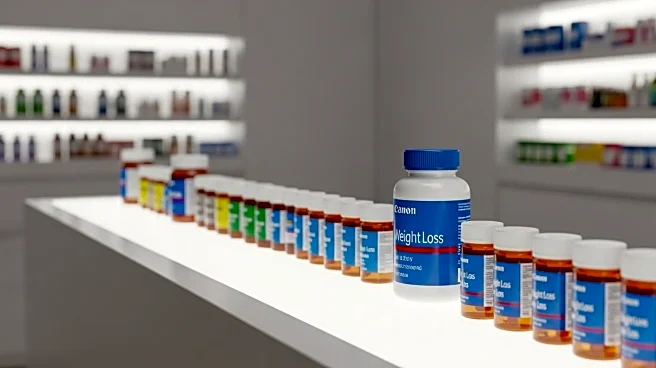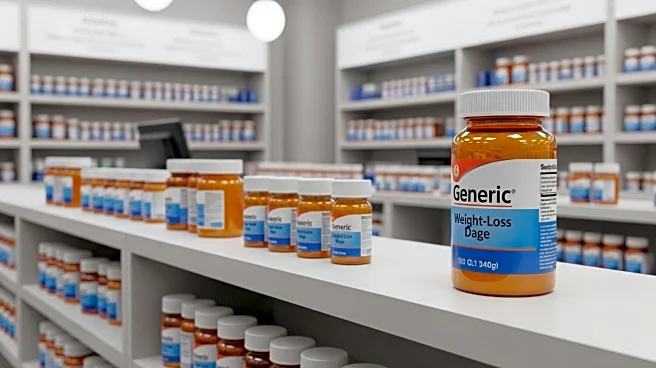What's Happening?
Medicare Part D is experiencing a shift as premiums are set to decrease for most plans in 2026, according to a report by KFF. However, the number of stand-alone Part D plans will decrease, marking the third consecutive year of reduced options. This change is partly due to the Inflation Reduction Act, which increases insurers' liability for high-cost enrollees. Some insurers, like Centene and Elevance Health, are scaling back or exiting the Part D market entirely. Despite the premium reductions, enrollees may face less generous drug coverage, with potential increases in cost-sharing and utilization management restrictions.
Why It's Important?
The changes in Medicare Part D are significant for beneficiaries who rely on these plans for prescription drug coverage. While lower premiums may seem beneficial, the reduction in plan options and potential decrease in coverage generosity could impact access to necessary medications. Insurers' decisions to exit or reduce offerings reflect broader challenges in the healthcare market, influenced by policy changes and financial pressures. These developments could affect millions of Americans, particularly those with high drug costs, and may lead to increased scrutiny of Medicare policies and their impact on healthcare access.
What's Next?
As insurers adjust to the new landscape, beneficiaries will need to carefully evaluate their plan options during open enrollment. The shift towards Medicare Advantage plans may continue, as they offer more lucrative opportunities for insurers. Policymakers may face pressure to address the implications of reduced plan options and ensure that Medicare Part D remains accessible and affordable. The ongoing changes could lead to further discussions on healthcare reform and the role of government in managing drug costs.











